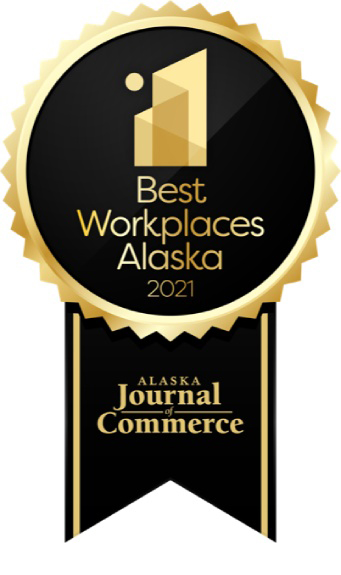Developing an effective Workers’ Compensation program.
May 29, 2009
Overview
One of the nation’s largest privately-held retirement and assisted living organizations had a goal of reducing workers’ compensation costs and work place injuries.
The challenges were many. First, the individual retirement communities were in multiple states across the country. Each community had various owners with some both owned and managed by the organization and some just managed. As the communities were developed, new workers compensation policies were acquired or workers were covered under a state fund depending on the rules and legislation of the individual states. As the organization had grown they had created a complex patchwork of workers’ compensation coverage spread across all communities. There was also an urgent need for creating a simple, yet effective loss prevention program.
Outcome
A new HR Director, who had a wealth of Workers’ Compensation experience, was hired in 2004. The HR Director recognized the need for a broker/partner that understood both the mechanics of the various state funds including Washington’s own monopolistic state fund AND was familiar with the third party insurers providing workers’ compensation insurance in the other states. The organization hired Parker, Smith & Feek to assist them in meeting their workers’ compensation challenges.
Parker, Smith & Feek elected to market the program with the goal of consolidating the various policies. Employers of Wausau was the insurance company that the assisted living provider and Parker, Smith & Feek felt was best suited to meet this goal.
The partnership between all three organizations proved to be successful and worked on overcoming a variety of issues surrounding the clients’ ownership structure and the consolidation of policies. Ultimately it was possible to reduce the organizations Workers’ Compensation program to a single Wausau policy and Washington State fund.
The partnership also collaborated to develop a company wide risk management program that identified risks and developed new programs aimed at increasing employee safety. The clients’ management team embraced these programs, and even created a friendly competition between communities to find opportunities to do whatever they could to reduce the risk to their employees.
The programs have provided many benefits including a decrease in work place injuries, an increase in company morale and a reduction in workers’ compensation costs by one million dollars.



